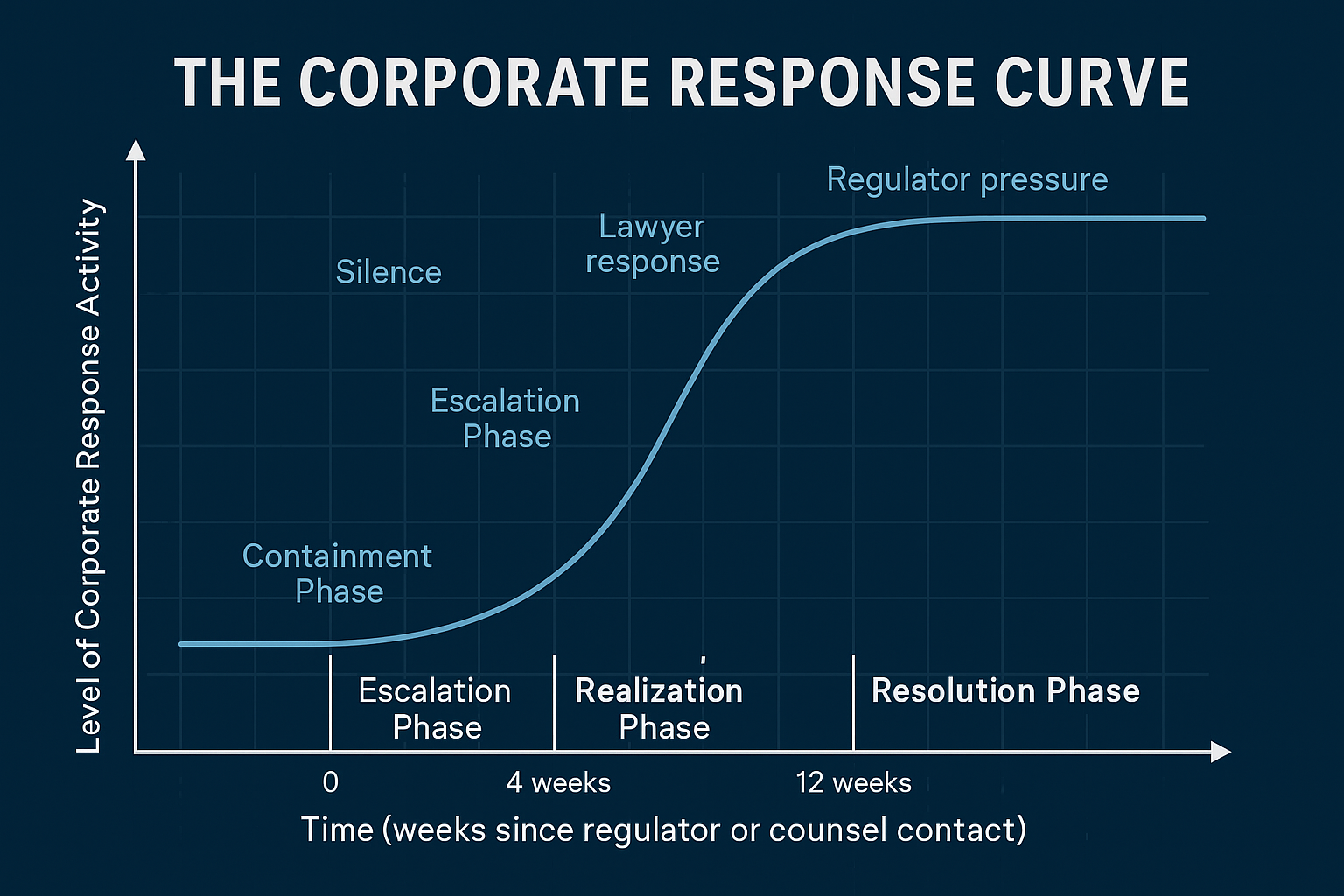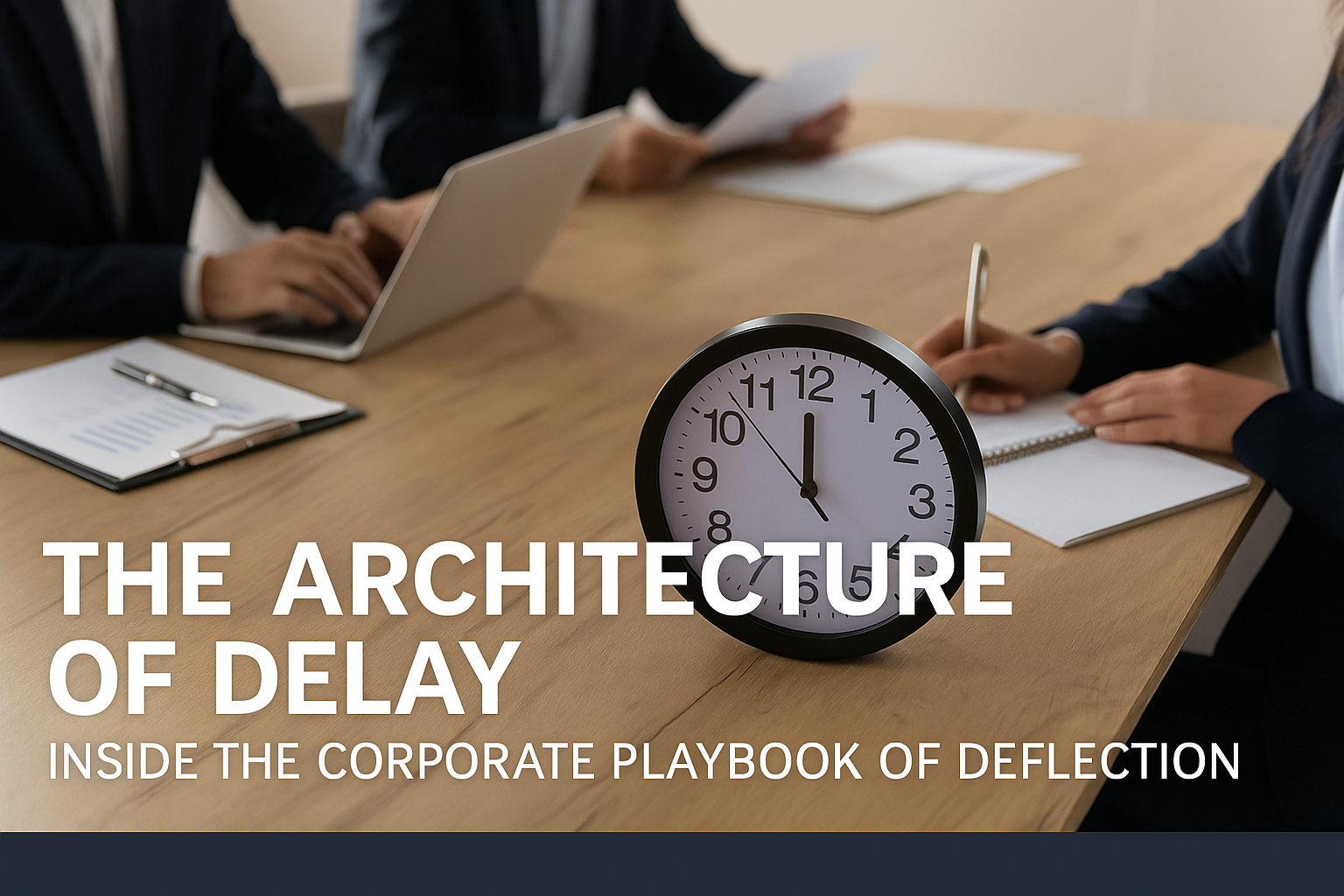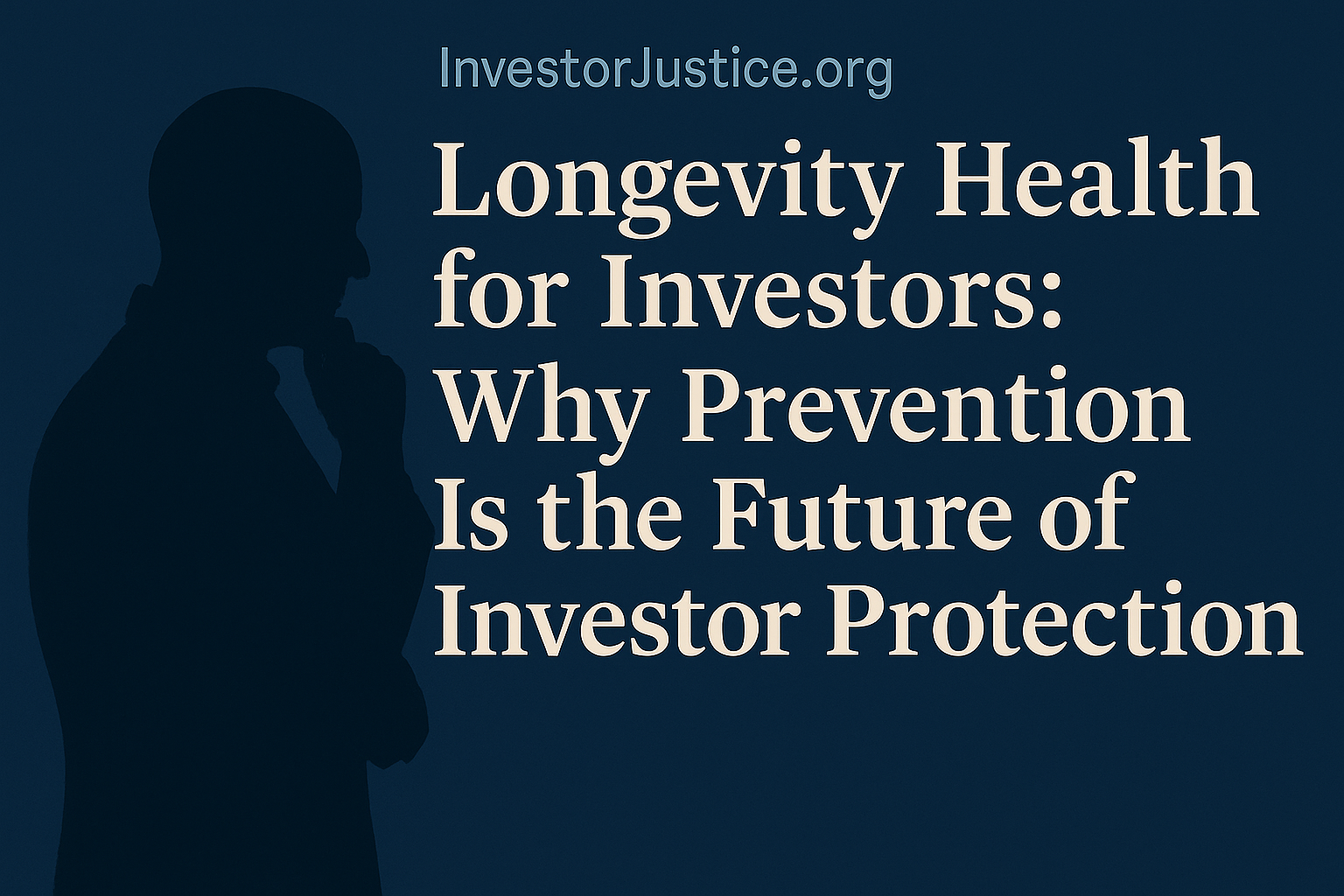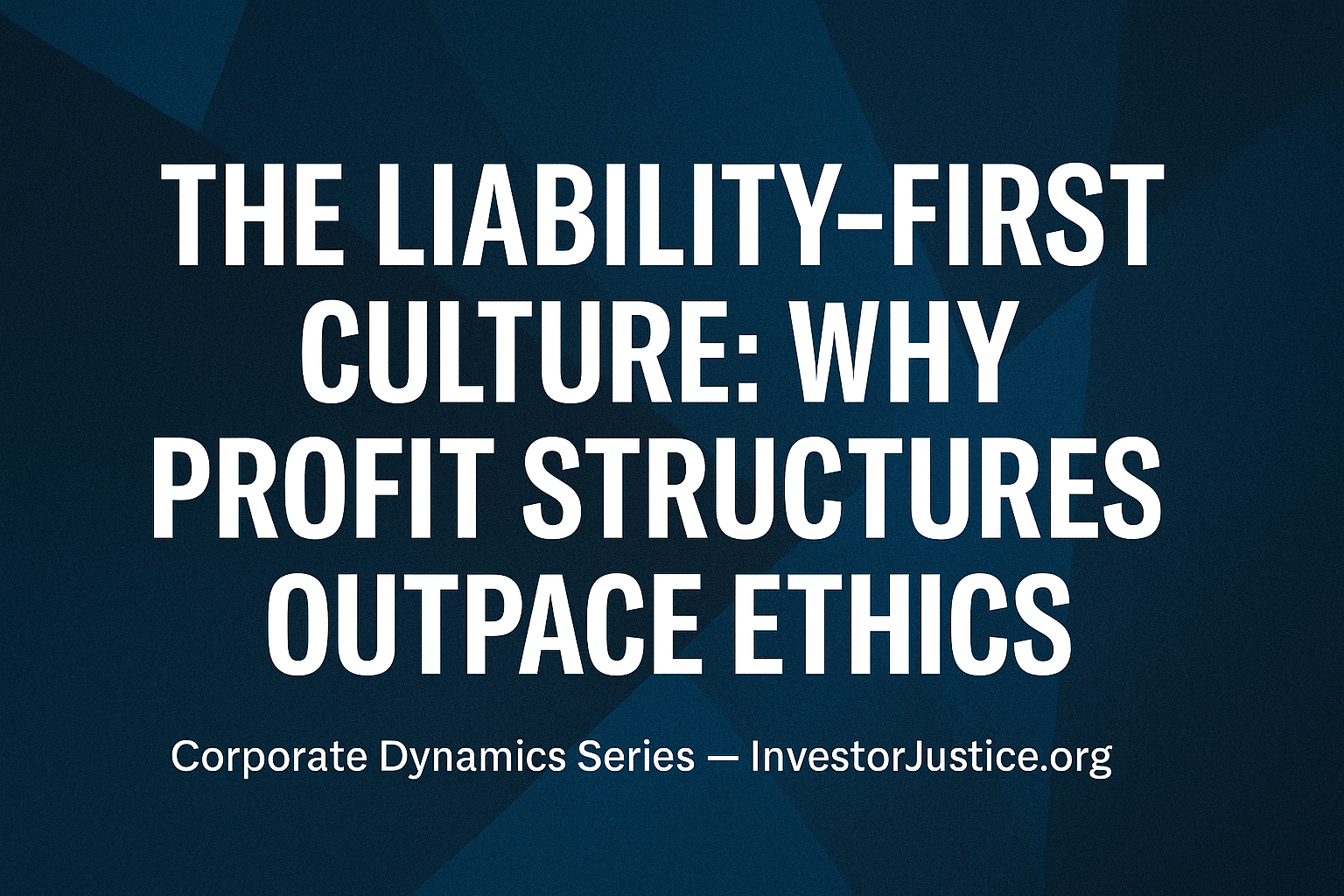Table of Contents
A Cautionary Note for Other Users
One user’s Nexo experience — learn from it before it’s too late.
Disclaimer: I am not an attorney. This is not legal advice.
This article is a public service warning based on firsthand experience and over 18 months of formal legal correspondence with Nexo through counsel.
All claims about Nexo are factual and verifiable through public records, account-level documentation, or direct correspondence.
Please do your own research and don’t wait until it’s too late.
Background
- I’ve been engaged in an unresolved legal case with Nexo for over two years.
- I began with U.S.-based attorneys, but due to stonewalling and evasion, was forced to retain a Tier 1 Swiss law firm.
- Nexo’s legal team has perfected the playbook of delay, deflection, and jurisdictional misdirection.
- Despite multiple formal requests under Swiss data protection law (FADP), I have still not received my full account records.
If you’re currently using Nexo or considering it, I urge you to read this carefully.
I trusted them.
I lost everything.
And I was left with no data, no transparency, and no legal accountability.
The Core Problem
Nexo’s business model is designed to avoid accountability.
Through deliberate corporate structuring, they offload legal, financial, and compliance risk onto users and partners.
- The parent company and key subsidiaries are based in the Cayman Islands.
- Nexo AG operates on Swiss soil, using the appearance of Swiss oversight.
- But Nexo AG is not a bank, not FINMA-supervised, and not a member of any SRO.
Nexo creates the illusion of regulation — without any of the protections.
1. Back Up Everything Constantly
Nexo restricts third-party API access and offers no investor-grade means to reliably export complete account data.
This should be your first warning.
- CSV exports are often incomplete or corrupted.
- Critical transaction data simply vanishes from downloadable logs.
- Frequent screenshots can help fill gaps, but do you really want to rely on screenshots as your source of record?
- Once missing, data cannot be recovered, even through formal FADP requests.
This isn’t custodial transparency.
It’s data captivity.
From FINMA (November 2024):
“Nexo AG is not licensed by FINMA to engage in activities in the financial sector nor is it a member of a self-regulatory organization (SRO), i.e., as a financial intermediary in the non-banking sector.”
What to do immediately:
- Export any available data now
- Take screenshots of balances, loan positions, and transactions
- Keep a dated record of deposits, withdrawals, and events
- Do not assume Nexo maintains a usable audit trail
2. Don’t Be Fooled by the Word “Bank”
Nexo markets itself as a banking solution — safe, compliant, institutional.
But:
- It is not a bank
- It is not regulated like a bank
- It offers none of the investor protections of a bank or broker-dealer
If you are a U.S. user, it gets worse:
- U.S. banks are not permitted to offer margin accounts.
- Only licensed broker-dealers can, and only under strict risk and suitability requirements.
Nexo offers margin exposure with none of these safeguards.
3. Margin Risk Is Built In — Even If You Don’t Realize It
Collateralized lending = margin exposure.
- You borrow against your crypto assets.
- You are automatically exposed to liquidation risk.
- Once liquidation occurs, you may never receive proper documentation.
I didn’t realize my account was effectively a margin position until after the first margin call (LTV event). By then it was too late.
There was no margin disclosure during account opening, no suitability assessment, and no transparency afterward.
4. Transparency Ends When Something Goes Wrong
After my account was liquidated, I attempted to obtain my records.
Here’s what happened:
- Requests were ignored for months and still no full records.
- I was referred from Nexo AG (Switzerland) to Nexo Capital (Cayman Islands).
- Then, Nexo claimed in writing that they had never provided me with services despite confirmed wire transfers sent through Signature Bank (New York) to an account held for the benefit of Nexo AG (Switzerland).
- This single transaction eradicates Nexo’s offshore defense: the funds were processed through a U.S. institution, received by a Swiss entity, and therefore fall squarely within Swiss and U.S. jurisdictional reach.
- Even after two formal FADP data requests through Tier 1 Swiss counsel, no meaningful data was produced.
This isn’t customer service failure.
This is a deliberate architecture of evasion.
5. Hope for the Best — But Prepare Like It Will All Go Wrong
You may never have a problem.
But if you do, Nexo will protect itself — not you.
If you’re reading this and still using Nexo, you can no longer say you were not warned.
- Trust the interface if you want but don’t mistake it for security.
- Assume your data can disappear and that no regulator will intervene.
Bottom Line
Nexo didn’t just cost me financially.
They cost me over two years of my life — and peace of mind.
They present themselves as a modern, global financial platform.
What I encountered was technical debt, legal opacity, and systemic risk — a structure designed to sidestep responsibility while exposing customers to institutional-grade danger without institutional safeguards.
Protect yourself.
Back up everything.
Assume nothing.
And never confuse silence with safety.





